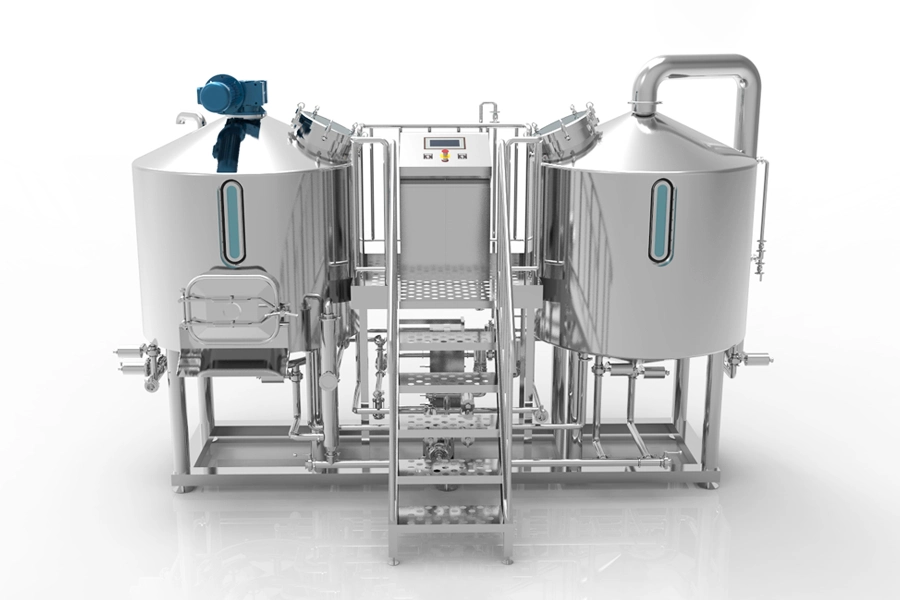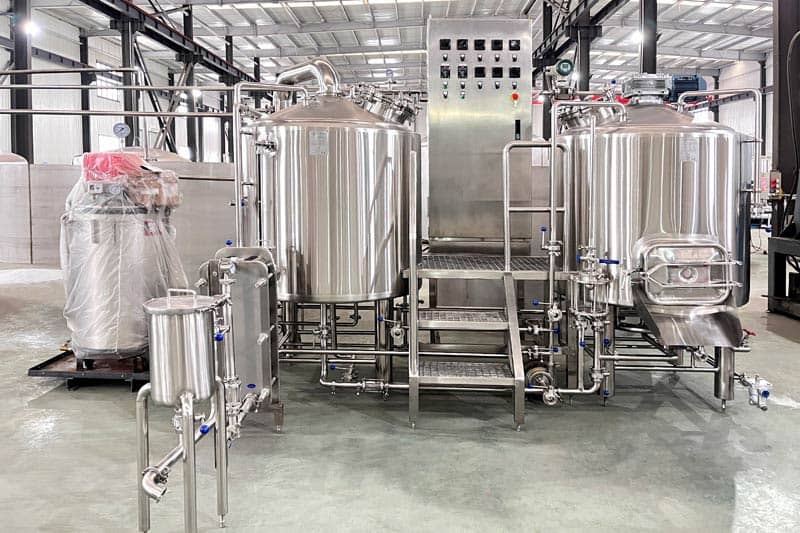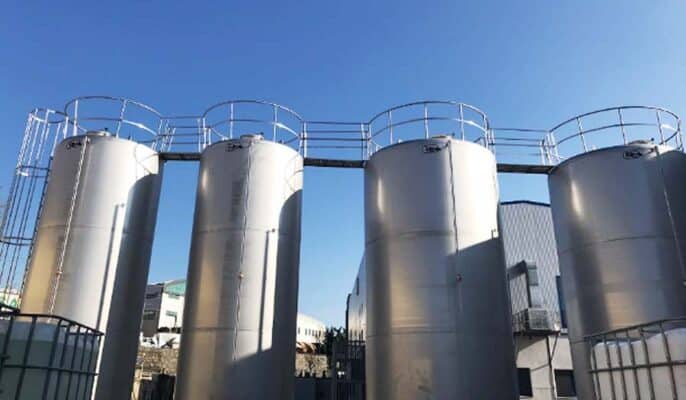Key Variables to Consider For Equipment Supplier Selection
| Parameters |
Evaluation Criteria |
Questions to Ask |
| Reputation and Track Record |
Number of years fabricating |
How long have you been supplying micro breweries? How many have you equipped? Request referrals. |
| Offering Suitability |
Vessels and systems align with business plan and budget |
Do your standard packages meet my specifications and budget? Where is flexibility vs customization possible? |
| Quality and Lead Time |
Build robustness, components, warranty, factories used |
What grade stainless steel do you use? What quality checks during manufacturing? What is standard lead time? Rush fees? |
| Order Fulfillment and Shipping |
Responsiveness to queries, proactive updates and delivery process |
How responsive are you during vessel fabrication and delivery? How are shipping damage claims handled? |
| Installation and Commissioning |
Level of inclusion for installation supervision, operator training, calibrations etc |
To what extent is installation included? Is operator training provided onsite? What documents are handed over? |
| Ongoing Service and Support |
Response time, preventative maintenance contracts, troubleshooting assistance |
What are the routine maintenance requirements? What is cost for annual servicing? What troubleshooting assistance resources do you provide? |
Be sure to get bids from at least 3 vendors and ask lots of specific questions to evaluate fit for purpose. Give importance to quality, support and shared vision for growth over just capital cost alone.
Pros and Cons of Buying New vs Used Brewing Equipment
A major purchasing decision for new nano or micro brewery setups is whether to invest in brand new equipment or look for used vessels and hardware. While used equipment seems attractive from an upfront price perspective, it does come with higher risks around reliability and lifecycle that should be carefully evaluated.
New versus Used Brewery Equipment Comparison
| Parameters |
New Brewery Equipment |
Used Brewery Equipment |
| Capital Cost |
Highest upfront price |
Lower upfront price point |
| Lead Times |
12-16 weeks or more |
Ready for pickup immediately |
| Provenance |
Complete paperwork and certification |
Limited records, verbal assurances |
| Life Span |
15-20 years guaranteed |
5-10 years expected life remaining |
| Reliability |
Highest, meets latest standards and precision |
Greater uncertainty on vessel conditions |
| Energy Efficiency |
Latest insulation and steam/glycol delivery efficiency |
May have older energy wasting designs |
| Automation and IoT |
Latest sensors, data logging and analysis |
Typically more manual operation |
| Serviceability |
Complete documentation and trained technicians |
Limited support records and availability |
| Unique Design |
Fully customized options |
Limited ability to tailor |
| Financing |
Full range of buying options like leasing and loans |
Fewer financing offers |
| Resale Value |
Holds higher residual value over decades |
Depreciates faster, limited buyers |
Recommendation: Being a long-term investment, opt for new equipment that aligns with business plan rather than short-term savings on used hardware which can create quality and servicing headaches later. Partner early with reputed suppliers who understand expansion plans to create modular solutions with some built-in future proofing on automation.
Different Production Capacity
The main difference between a microbrewery and a nano brewery is the production. By regulation, microbreweries must produce less than 15,000 barrels of beer per year.
A nanobrewery is smaller than a microbrewery, with a volume cap at 3 bbl per batch.
A pilot brewery usually has a production of 2,500bbl or less every year. Brewmasters uses pilot breweries for two reasons: recipe experimentation and test batches before moving to bigger production.
Different Start-Up Cost
The cost of starting a nano-brewery can be staggering, the average start-up cost of a nano-brewery business is about $30,000, and the maximum start-up cost is about $60,000. Under normal circumstances, the price of microbrewery equipment is in the range of 30,000-80,000 US dollars.
For home brewing, using coolers, old plastic fermentation tanks, kimchi barrels, and many kitchen utensils, plus some professional products (such as grain mills, sprayers, copper coil wort coolers, etc.), the cash expenditure for brewing is only It is 300-500 US dollars.
Micet Nano Brewery Equipment is available for sale worldwide.




























